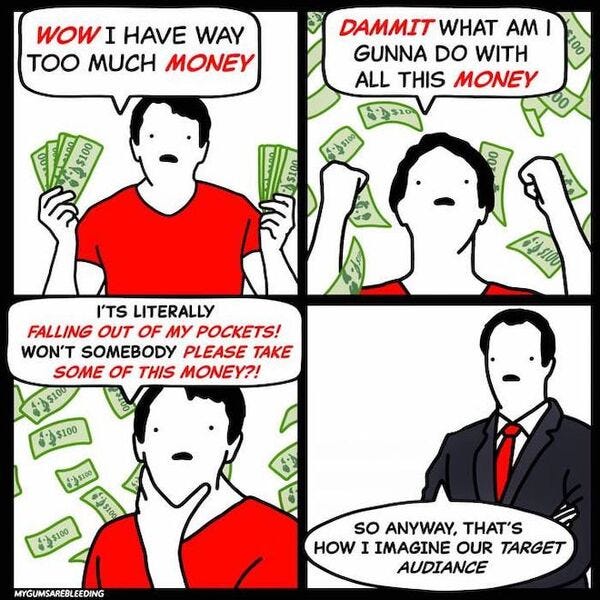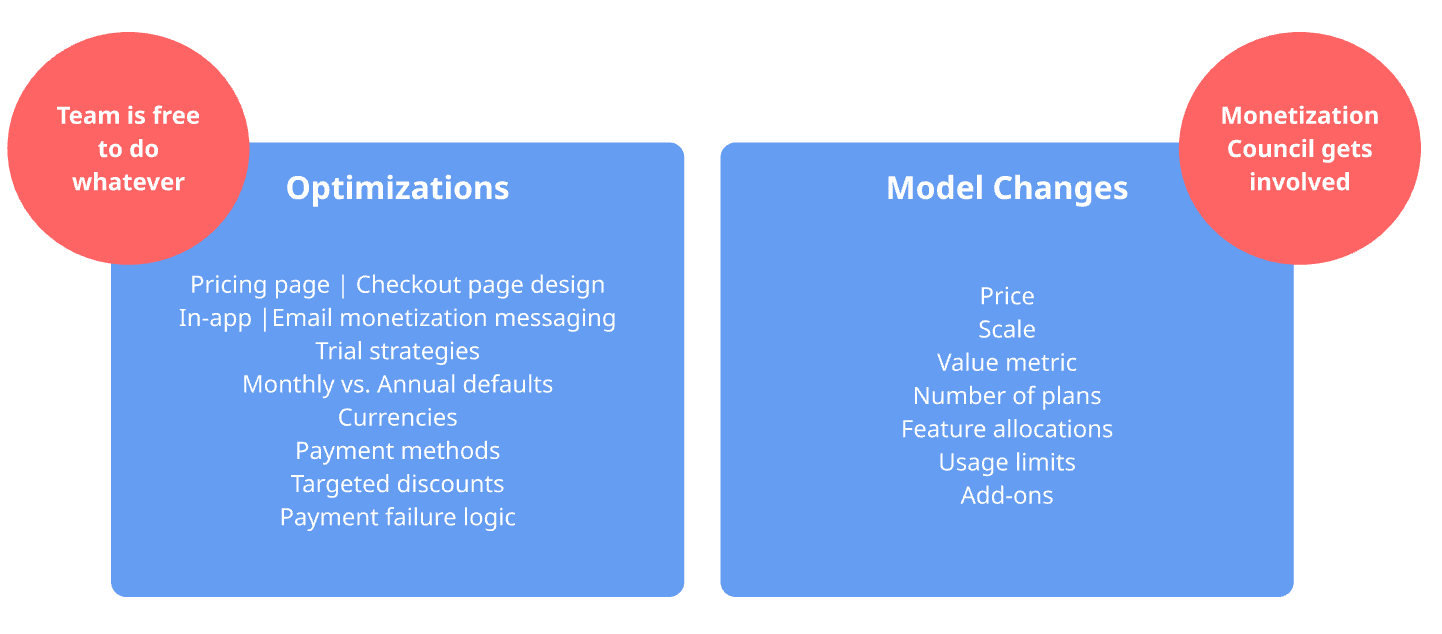You should probably form a monetization council.
AI is reshaping traditional monetization models. Are you ready to act?
This post is sponsored by Schematic: Schematic gives growth and product teams full control over pricing & packaging - without code changes. Configure usage-based plans, add-ons, paywalls, and enterprise exceptions in minutes, not months.
As AI gets embedded into more products, value becomes tied to usage, not seats or features. Flat-rate pricing won’t make sense when one user generates 100x the load of another. Usage-based pricing will become the norm - especially in AI-powered tools where cost and value scale with consumption.
For now, we’re seeing a wave of AI credits slapped onto existing pricing and packaging - since most product integrations are still a work in progress. But that won’t last long.
I highly recommend beginning to lay down the foundation for the upcoming changes. And you should start with the most basic question of them all:
Who owns your pricing and packaging?
Sometimes PMM or strategy teams raise their hand - but they don’t own revenue targets. So they make a nice-looking doc or a deck, then sales and product are left to execute it and deal with almost guaranteed fallout.
But most of the time? There’s no owner - cue awkward silence.
And monetization related conversations end up going something like this:
or this:
This happens because monetization lives in the no-man’s-land between Product, Marketing, Sales, and Finance. Everyone touches it, but no one fully owns it. And since it directly impacts revenue, customer experience, and operational complexity, any change feels risky and political (oh so political!). So teams punt, delay, or bring in consultants - you know, those $500K Simon-Kucher contracts promising a la-la land of raining revenue, but delivering a desert of stalled growth.
But here are some hard truth about monetization: the core problem isn’t strategy. It’s ownership. Internally, no one actually feels responsible from end to end.
Product keeps evolving, but monetization stays frozen. Packaging stops making sense - externally and internally. The market moves on without you. Oof.
Growth teams feel this a lot. They're on the hook for revenue - free-to-paid conversion, retention, all of it - but they can’t touch the pricing page without 56 approvals and a prayer. They’re left optimizing around the edges, chasing local maximas while global impact sits locked behind a paywall... of organizational indecision.
Monetization changes? They come in two flavors
The first step to tackle this problem is to understand that not all monetization changes are created equal. We can divide them up into two streams: optimizations on the existing pricing and packaging and changes to pricing and packaging.
Optimizations
These optimizations don’t change the actual monetization model, they just optimize the customer’s interaction with it:
Keep reading with a 7-day free trial
Subscribe to Elena's Growth Scoop to keep reading this post and get 7 days of free access to the full post archives.





